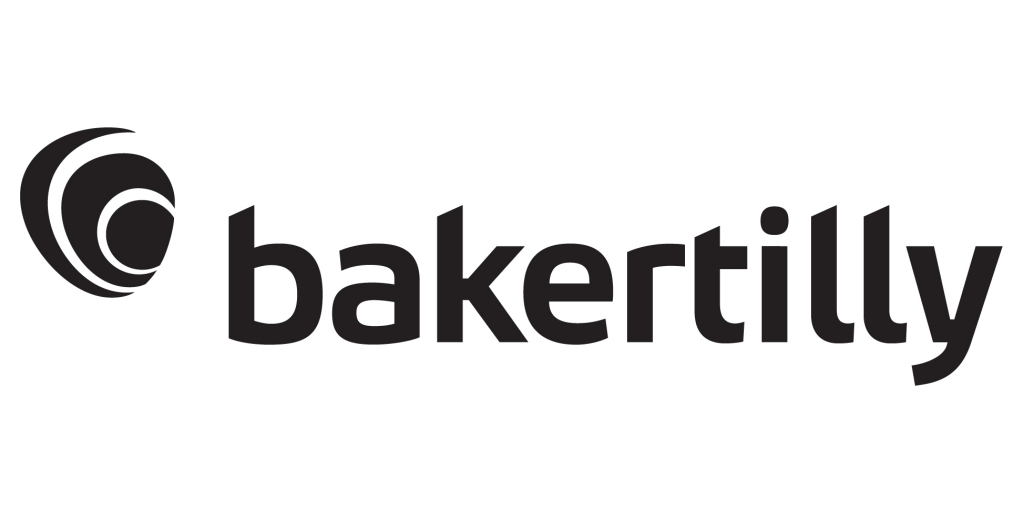Baker Tilly’s Insights on How To Navigate the Storm: Key Crisis Management Risks and Questions for Colleges and Universities
Authored by Adrienne Larmett
In the tumultuous landscape of higher education, crisis management has (or should) become an indispensable aspect of institutional governance. From natural disasters to financial turmoil, and now in the era of global pandemics and political activism, colleges and universities face an array of challenges that demand swift and effective response. As custodians of these institutions, board members and trustees bear the weighted responsibility of ensuring preparedness and resilience in the face of crises. To navigate these turbulent waters, they must pose critical questions to institutional leadership, probing the depth and efficacy of their crisis management plans.
Understanding the risks
Before delving into the questions, it's crucial to recognize the diverse risk array that colleges and universities face:
- Natural disasters: Floods, hurricanes, earthquakes and wildfires pose significant threats to campus infrastructure and student and staff safety
- Public health emergencies: The emergence of infectious diseases, such as the COVID-19 pandemic, highlights the need for robust health protocols and contingency plans
- Financial instability: Economic downturns, fluctuations in enrollment and budgetary mismanagement can jeopardize the financial viability of institutions
- Cybersecurity breaches: With the increasing reliance on digital infrastructure, universities are vulnerable to data breaches, ransomware attacks and other cyber risks
- Political activism: Sociopolitical upheavals, protests and civil disturbances can disrupt campus activities, compromise student safety and impact institutional operations
- Reputational damage: Scandals, controversies or mishandling of sensitive issues can tarnish the institution’s reputation and erode public trust
Key questions for board members and trustees
To effectively oversee crisis management efforts, higher education board members and trustees should pose the following probing questions to institutional leadership.
Preparedness assessment
- How frequently are crisis management plans reviewed and updated to address evolving risks?
- Are there clear protocols for communication, decision-making and resource allocation during emergencies?
- What mechanisms are in place to assess the institution's vulnerability to various risks?
Resource allocation
- How is funding allocated to support crisis preparedness and response efforts?
- Are there sufficient reserves or insurance coverage to mitigate financial losses during crises?
- What partnerships or collaborations exist with external agencies or organizations to enhance response capabilities?
Health and safety protocols
- How does the institution monitor and enforce health and safety protocols to prevent the spread of infectious diseases?
- Are there contingency plans in place to address outbreaks or pandemics, including provisions for remote learning and campus closures?
- What measures are taken to ensure the physical safety of students and staff in times of campus unrest?
Technological infrastructure
- How robust is the institution's cybersecurity infrastructure, and what measures are taken to protect sensitive data?
- Are there backup systems and redundancy measures to ensure continuity of operations in the event of cyber-attacks or system failures?
- How are students and faculty trained to recognize and respond to cybersecurity threats?
Reputation management
- What strategies are employed to monitor public perception and respond effectively to crises that may impact the institution's reputation?
- How does the institution foster transparency and accountability in its communication with stakeholders during crises?
- Are there mechanisms in place to learn from past crises and implement improvements to prevent recurrence?
Conclusion
In an era characterized by uncertainty and volatility, colleges and universities must reinforce their resiliency against an array of potential crises. Board members and trustees play a pivotal role in this endeavor, holding leadership accountable and ensuring that institutions are equipped to weather the storm. By asking incisive questions and fostering a culture of preparedness and strength, they can safeguard the long-term success and sustainability of higher education institutions in the face of adversity, no matter its form.
For more information, or to learn how Baker Tilly’s risk advisory team can help your higher education institution with its crisis management strategy, contact the team.

